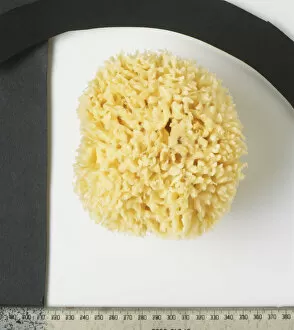Absorbent Collection
From the early days of advertising Southalls sanitary towels in 1898 to the innovative use of sphagnum moss dressings during World War I on Dartmoor
All Professionally Made to Order for Quick Shipping
From the early days of advertising Southalls sanitary towels in 1898 to the innovative use of sphagnum moss dressings during World War I on Dartmoor, absorbent materials have played a crucial role in various aspects of our lives. Even centuries ago, people recognized the importance of absorbency as seen through graffiti vandalism at Pisa where rainwater was absorbed by the walls over time, leaving behind intriguing patterns. Picture No. 10773519 captures a natural sponge's rounded shape up close, showcasing its remarkable ability to soak up liquids effortlessly. Moving into modern times, we witness how everyday items like kitchen paper towels have been meticulously examined under scanning electron microscopes (SEMs) to understand their absorbent properties better. The intricate fibers within these paper towels are revealed through SEM images, highlighting their capacity to quickly soak up spills and keep surfaces clean. Similarly, SEM images showcase the structure of paper handkerchiefs designed for gentle absorption while providing comfort during colds or allergies. These microscopic views offer insights into how these delicate tissues effectively trap moisture without irritating sensitive skin. In medical settings, absorbency takes on a critical role with used surgical swabs captured under SEM revealing their impressive capacity to retain fluids and prevent contamination during procedures. Medical dressings also rely on advanced absorptive materials that aid in wound healing by absorbing excess fluid while maintaining optimal moisture levels for recovery. Throughout history and across different contexts – be it personal hygiene products or essential medical supplies – absorbent materials continue to evolve and play an indispensable part in enhancing our daily lives.









